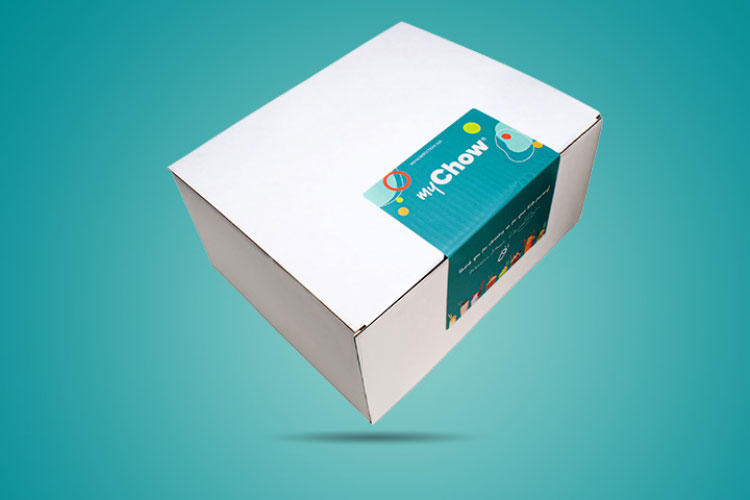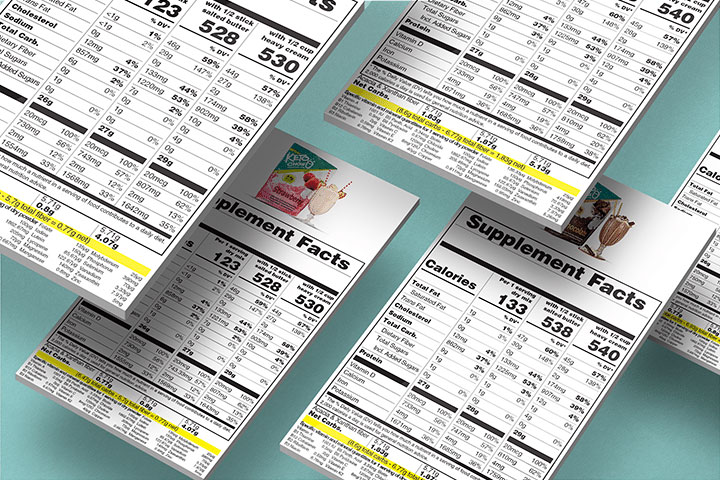So yesterday I posted about starting Ketogenic soylent, I thought I’d take a little time to explain what that is and what’s going on.
DISCLAIMER: This post will contain some generalizations to simplify things, if you want to do real actual research you’ll want more specifics elsewhere.
The cells in your body like glucose. A LOT. Given a choice between glucose and other energy sources, your cells will say “come back when you’re glucose and we’ll talk.” You get glucose from sugars, starches; in general: from carbohydrates. If your body has glucose to burn, it’s going to use that first (for the most part). If your body doesn’t have glucose to burn, it’s going to need a different fuel source. It can break down muscle that’s not being used into glucose, it can also process fatty acids into “Ketone Bodies” that your mitochondria can use for fuel.
Burning fatty acids as fuel through varied levels of ketosis is really the only way to lose excess fat since it doesn’t magically turn into glucose. Apparently normal people will naturally switch into a mild ketogenic state while they’re sleeping and the supply of glucose is low, then they eat breakfast and it goes away. One other place you see ketosis happening, though not in a good way, is with Diabetes. Without the right amount of insulin to help with the glucose, your body freaks out and goes into ketosis overdrive. While a ketogenic diet aims for 0.5-3 millimolar of ketone bodies in your blood, uncontrolled ketosis ends up as ketoacidosis in the 15+ range. At high levels, the slightly acidic ketones pose a significant problem, lowering the pH of your blood, damaging tissue and de-mineralizing bones. Not a good thing. I bought some ketone test strips off Amazon so I could check my levels.
The crucial element to a Ketogenic Diet is to give your body as few carbohydrates as possible, like less than 30 grams a day (which should be around 120 calories). Instead, you feed your body enough protein so that it’s happy and not tearing apart your muscles for fuel, and… a lot of fats and oils. Sounds like the Atkins diet because the Atkins diet is a modified ketogenic diet.
Ketogenic Diets have been around for a long time, but using it for weight loss is relatively new. Personally, I first heard about it in 2009 as a potential treatment for seizures if my son continued to not respond to anti-convulsants (which he responded just fine and has been seizure free for 5+ years). A myriad of studies have shown outstanding results with ketogenic diets for the treatment of seizures, it’s just really hard to do with traditional food and involves an awful lot of heavy cream.
Anyhow, there’s a little about the diet. You can read more at https://en.wikipedia.org/wiki/Ketosis and the links that come off it.























